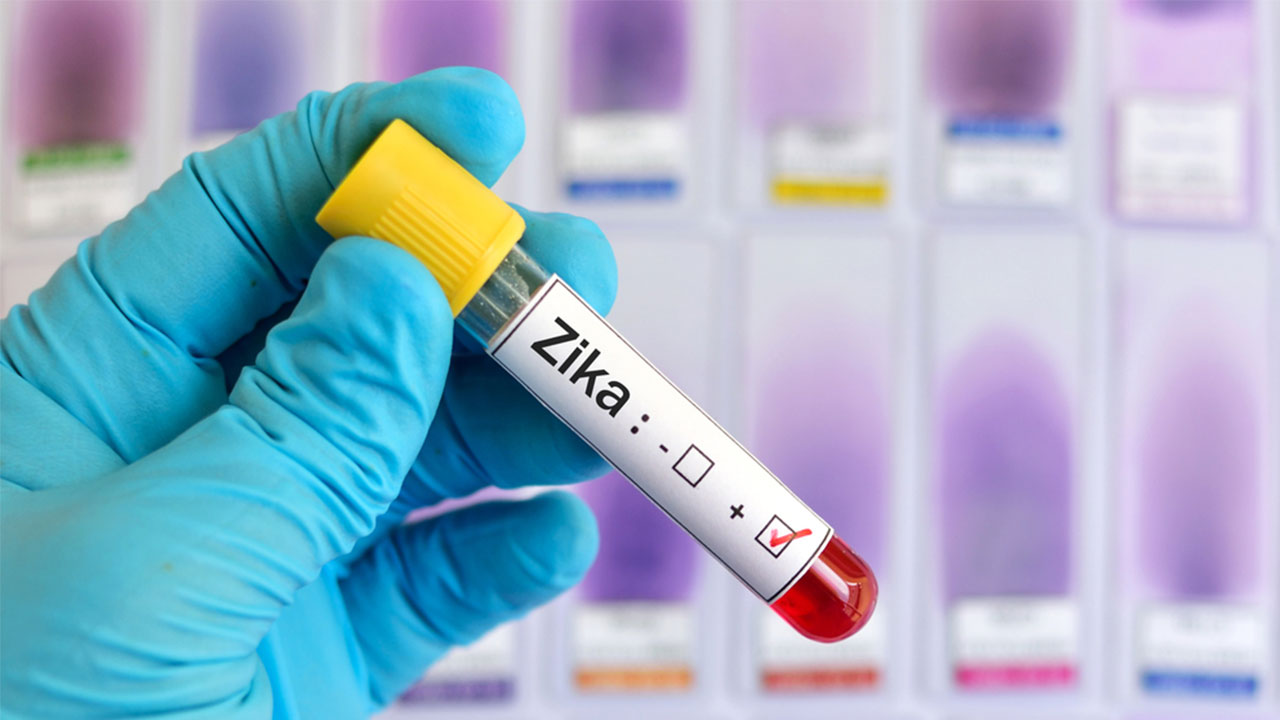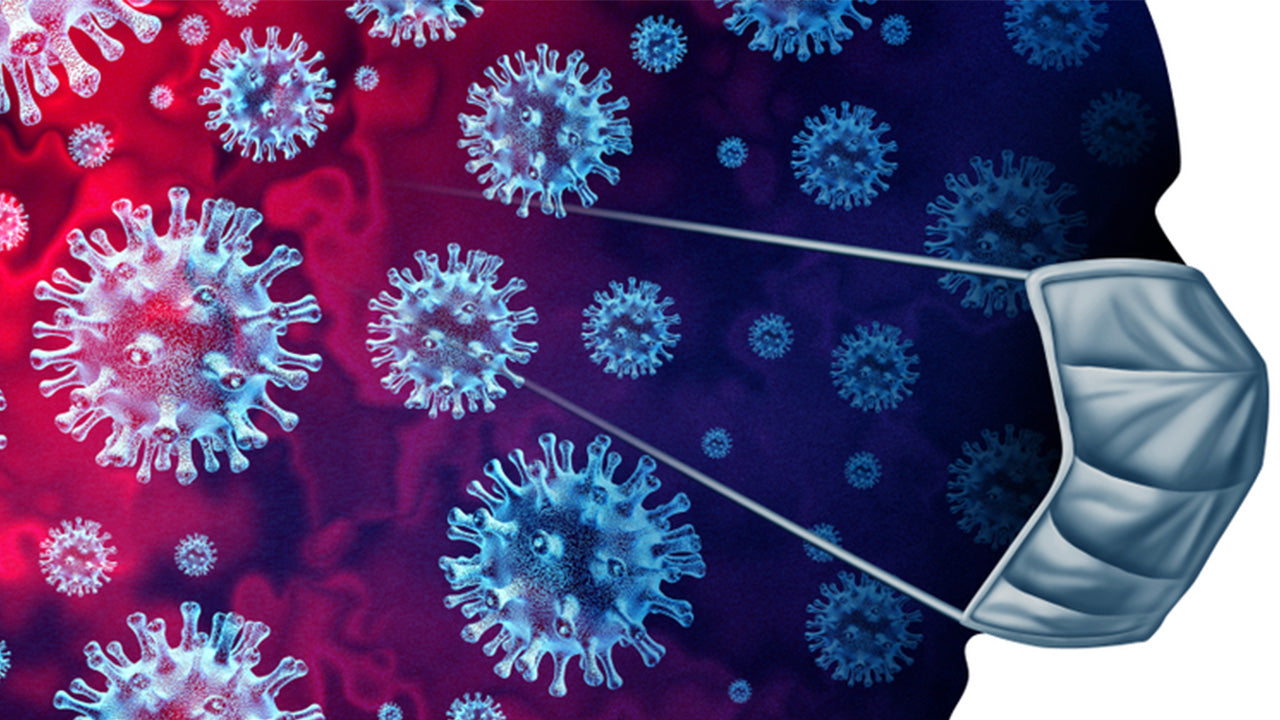Zika Virus: What You Need to Know
 By: by Amino Science
By: by Amino Science

Zika virus first rose to notoriety in 2016, when it was declared a global public health emergency by the World Health Organization (WHO). At that time, more than half a million suspected cases and almost 4,000 associated congenital birth defects were documented in South and Central America and the Caribbean. The virus soon made its way to North America as well, with infections confirmed in the United States in both Florida and Texas.
The Rise of Zika
Zika virus, which is named after the Zika Forest in Uganda, was first discovered in 1947 in monkeys. But after the first cases of human Zika infection were reported in 1952, the virus receded again, with only rare instances noted in Africa and Asia throughout the 1960s to 1980s.
In fact, it wasn’t until 2007 that the first Zika virus outbreak was recorded, this time on the Pacific island of Yap. The virus then subsided before breaking out again in 2013 in French Polynesia and other countries and territories of the Pacific.
In 2015, as the disease spread to Brazil, the virus appeared to undergo a mutation that resulted in potentially serious complications affecting both the immune system and fetal development.
By 2017, experts estimated that more than 120 million Brazilians were at risk of contracting Zika, while 10% of women in Puerto Rico tested positive for Zika virus disease during the height of the 2016 epidemic.
In addition, the German statistics portal Statista indicates that, as of February 2018, a total of 86 countries and territories have had reported incidents of Zika virus infection.
How Zika Spreads
The spread of Zika occurs mainly through the bites of infected mosquitoes of the genus Aedes. Two species, in particular, have been identified as vectors:
- Aedes albopictus
- Aedes aegypti
The majority of cases have been associated with Aedes aegypti, a species also known to transmit dengue and yellow fever. However, unlike most species of mosquito, both Aedes albopictus and Aedes aegypti are active during the day, especially early morning and late afternoon.
Though most cases of Zika virus are the result of mosquito bites, a person can become infected via other methods as well. These include:
- Sexual transmission
- Blood transfusion
- Organ transplantation
- Mother-to-child transmission during pregnancy
Once a person has been infected with Zika, they are capable of passing the virus on to others for approximately a week. Infection with the virus also appears to confer lifetime immunity.
Zika Virus Symptoms
Most people who contract Zika virus display either no or only mild symptoms. In fact, only 20% of people infected with Zika actually show signs of the disease. However, if symptoms are present, they may include:
- Muscle and joint pain
- Red eyes (conjunctivitis)
- Headache
- Fever
- Rash
When to Seek Further Treatment
While most people infected with Zika virus never develop any symptoms, in those who do, rest, fluids, and over-the-counter medications for fever or pain are recommended. To reduce the risk of hemorrhage, use of nonsteroidal anti-inflammatory drugs (NSAIDs) should also be avoided unless dengue fever has been ruled out.
With supportive treatment, symptoms will generally resolve within a few days to a week. However, if symptoms worsen, you should speak with your health care provider.
In addition, because Zika virus can lead to certain birth defects, including microcephaly, pregnant women traveling to or living in areas where the virus is found and those who develop symptoms of infection should undergo blood or urine testing to rule out Zika.

Zika Complications
As previously mentioned, Zika virus first became associated with complications in Brazil in 2015. The complications most associated with the virus are:
- Microcephaly
- Guillain-Barré syndrome (GBS)
Microcephaly
Microcephaly is a condition in which a baby is born with an abnormally small head. Babies born with this birth defect often have smaller brains and developmental and behavioral disorders.
According to the Centers for Disease Control and Prevention (CDC), in the United States, approximately 1 in 10 babies born to women with confirmed Zika virus infection during pregnancy has been born with Zika-associated birth defects, including microcephaly. That number falls to 1 in 20 among babies born in U.S. territories.
The proportion of infants with birth defects is also higher in women who were infected with the virus in the first 3 months of pregnancy and does not appear to be affected by whether the women showed any symptoms of infection.
Zika-associated microcephaly may also be seen as part of a spectrum of features known as congenital Zika syndrome. According to the CDC, symptoms of this syndrome may include:
- Severe microcephaly with partial skull collapse
- Brain and eye damage
- Clubfoot
- Hypertonia (muscle stiffness)
Because of the serious risks posed to the fetus by exposure to Zika virus, the CDC advises that:
- Pregnant women and their partners who have traveled to areas where Zika virus is found use condoms during any sexual contact for the duration of the pregnancy.
- Women wishing to become pregnant wait 2 months after returning from travel before becoming pregnant.
- Men use condoms with their sexual partners for 3 months after returning from travel.
GBS
GBS is a rare condition in which the immune system attacks the nerves, causing muscle weakness and even paralysis. According to the CDC’s National Center for Emerging and Zoonotic Infectious Diseases (NCEZID), research suggests that the disorder is strongly associated with Zika virus, though only a small percentage of infected people ever develop GBS.
For those planning to travel to countries where Zika virus is located, the CDC also offers a map with specific travel recommendations depending on the chosen area.
Zika Virus Prevention
Because most cases are transmitted through the bites of infected Aedes mosquitoes, the risk of Zika infection can be lessened by avoiding exposure to these insects.
Keeping in mind that the mosquitoes responsible for spreading the virus are active during the day, it’s especially important to pay particular attention to the early morning and late afternoon hours. If sleeping during the day, WHO also recommends that young children and pregnant women use mosquito nets.
Additional steps recommended to protect yourself against Zika virus transmission are:
- Wearing light-colored long-sleeved shirts and pants
- Using barriers such as window screens and closed doors and windows
- Applying EPA-registered insect repellent
- Draining areas of standing water
- Using condoms to avoid sexual transmission of Zika
- Avoiding travel to areas with Zika while pregnant or if considering pregnancy
People caring for a loved one with Zika or living with someone who may have been exposed should also take precautions to avoid becoming infected. These precautions include:
- Avoiding the blood and bodily fluids of infected persons
- Washing hands thoroughly after caring for an infected person
- Washing contaminated clothes with detergent
- Cleaning the infected person’s room thoroughly each day
- Keep your immune system strong with essential amino acids
While there’s currently no vaccine or specific treatment for Zika virus, by following these simple tips, you can minimize your risk of becoming infected or passing the virus on to others.


Up to 25% off Amino
Shop NowTAGS: conditions
Join the Community
Comments (0)
Most Craveable Recipes




 833-264-6620
833-264-6620



















